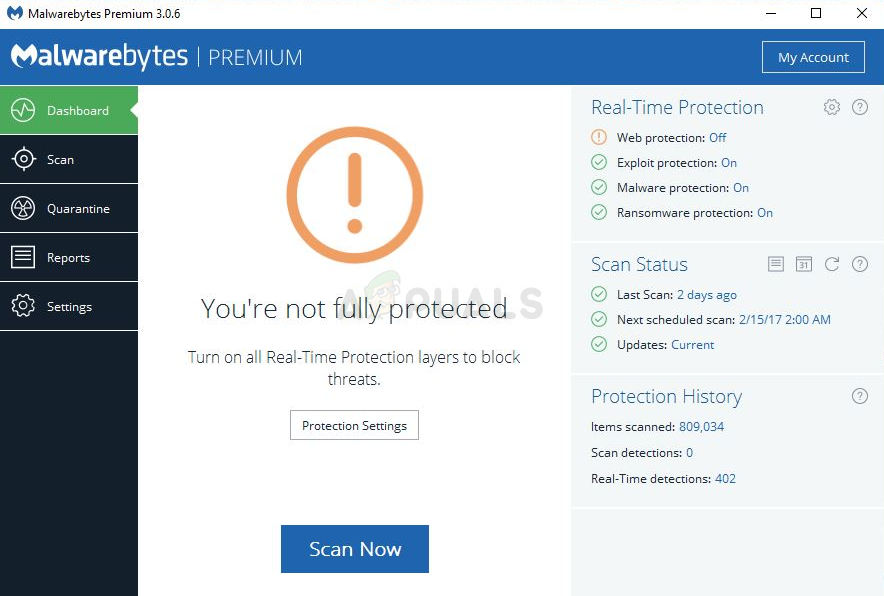

So we know that there is an AES key being generated right there, the “password” for this AES key is the pHash variable. The parameter passed into CryptDeriveKey for algorithm ID is 0圆60E, which translates to CALG_AES_128. Since we are focusing strictly on the crypto portion of the code, let’s start by doing a search and cross-reference for some crypto string or APIs, we see CryptDeriveKey being used in function address 10007980. We will start with the unpacked sample for our static analysis and will be using the fully packed sample for any dynamic analysis we have. You can switch the tab back to “Active” or disable by moving the tab to “Inactive.” Click “Save Settings.” Analysisīecause this is not a lesson in unpacking, let’s assume that you have just read an analysis talking about PrincessLocker being unpacked and some basic functionality, the following hash of the unpacked sample was provided: Select “Click Here” to open the Privacy Preference Center and select “Functional Cookies” in the menu. To enable them, please visit our privacy policy and search for the Cookies section. This video cannot be displayed because your Functional Cookies are currently disabled. PrincessLocker – ransomware with not so royal encryption
#Malwarebytes id and key 2018 code
Her code and information on using the decryptor, should you need to, can be found here:īefore continuing on, I greatly urge you to read the analysis report on this ransomware so that you are familiar with some of its inner workings before talking about the decryption.
#Malwarebytes id and key 2018 keygen
Credit to Hasherezade for analyzing and creating keygen and decryptor for this. The sample we will be talking about in detail is PrincessLocker. If nothing more, this article is to serve as an explanation why it is still worth it to inspect ransomware in detail to try to find opportunities for decryption.Įven though encryption packages and API’s are built into modern day operating systems, still, many malware authors manage to misuse them and give us (analysts) the opportunity to exploit their poor coding skills. This article is intended to help give a malware analyst a starting point for which to build off of in order to reverse and break ransomware encryptions. In this part of the encryption 101 series, we will begin wrapping it up by going into detail on a ransomware with weak encryption and walking through step-by-step the thought process of creating a decryptor for it. In the previous parts 1, 2 and 3 of this series, we covered the basics of encryption, walked through a live example of a ransomware in detail, and talked about encryption weaknesses.


 0 kommentar(er)
0 kommentar(er)
